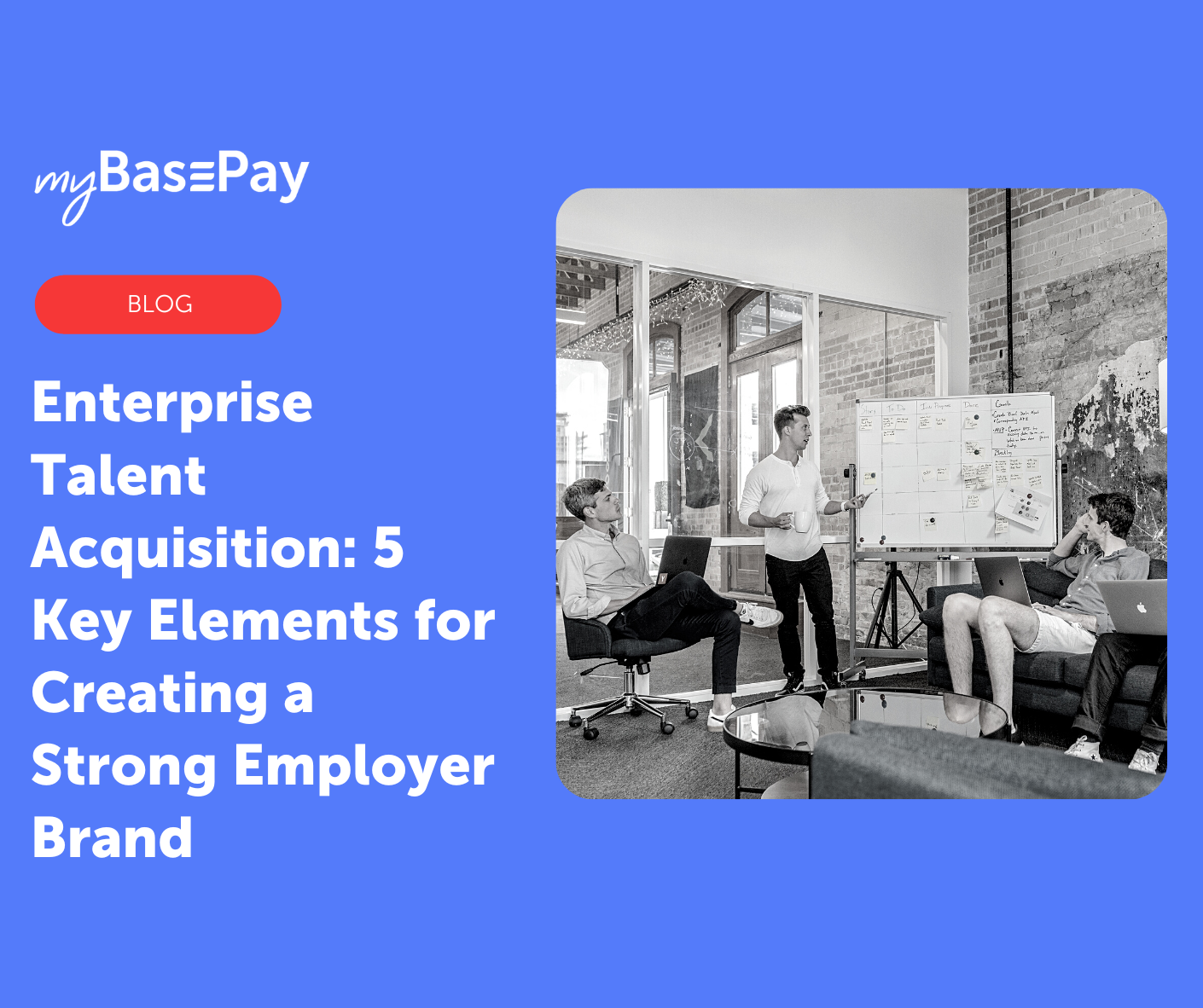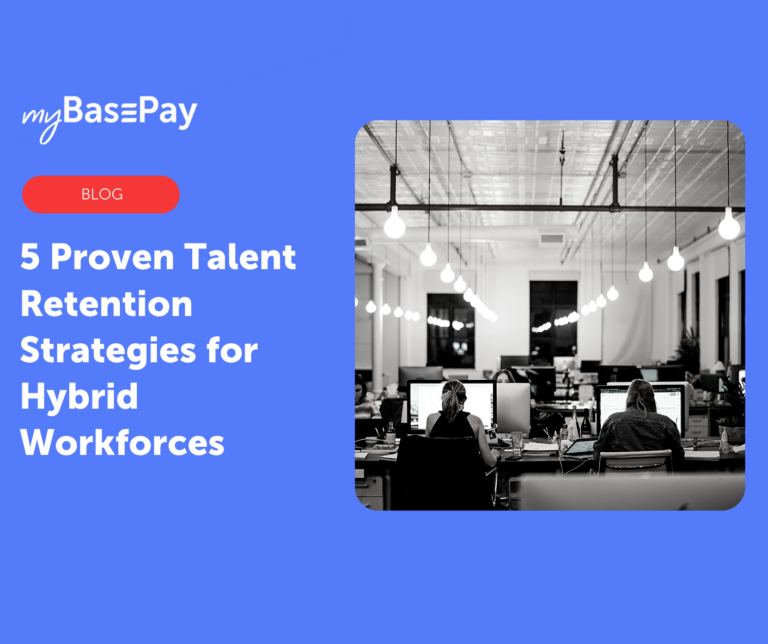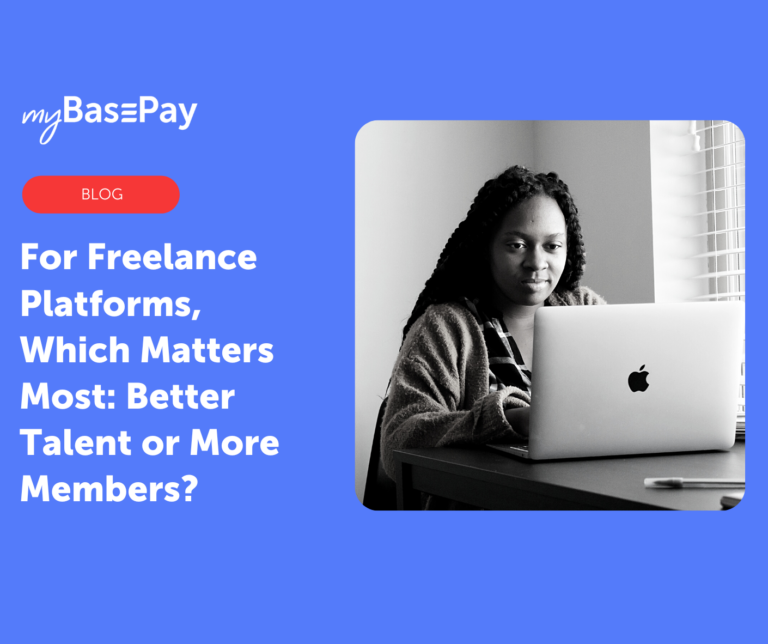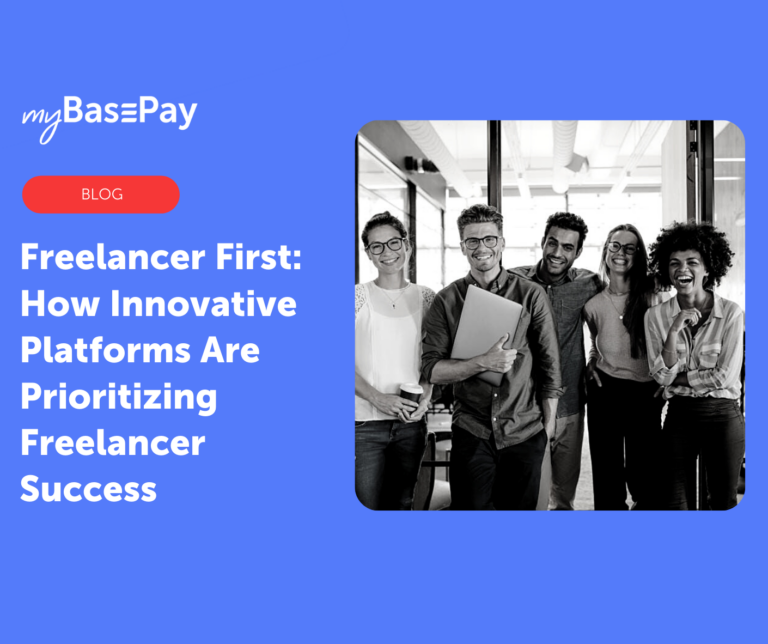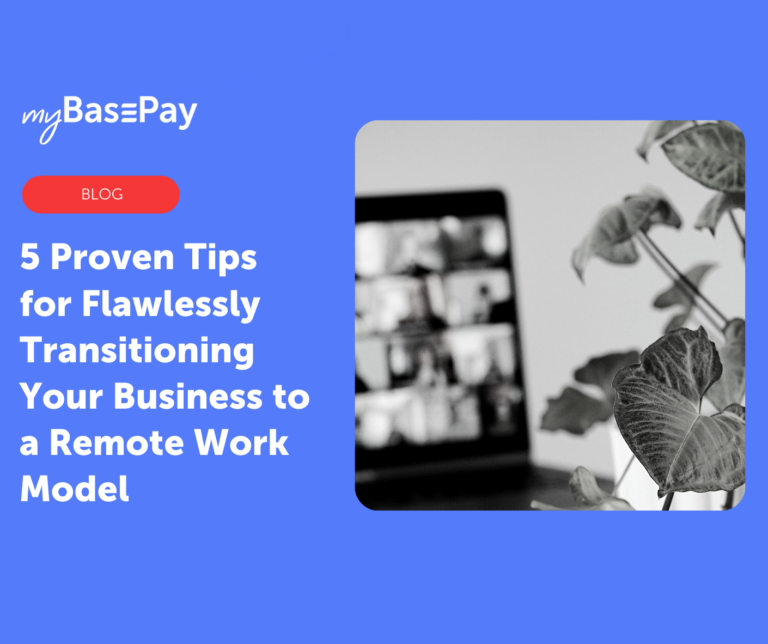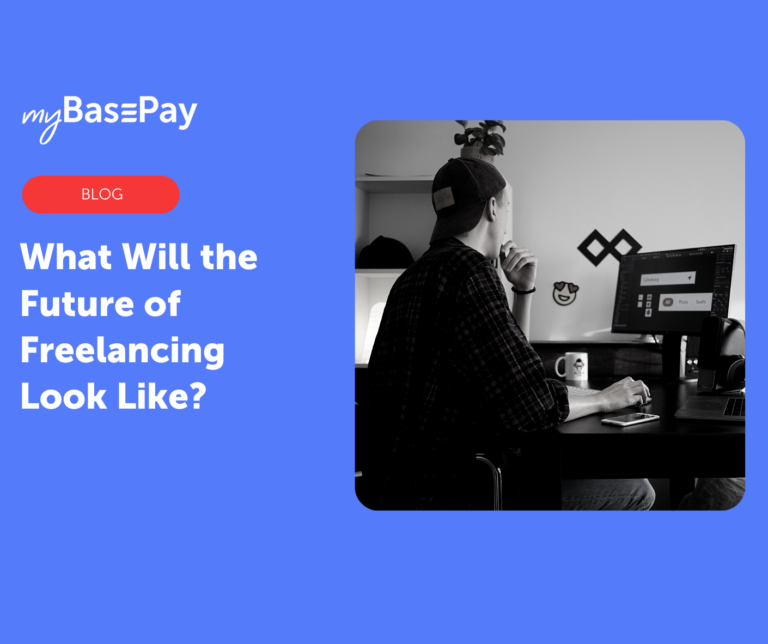Enterprise Talent Acquisition: 5 Key Elements for Creating a Strong Employer Brand
No matter what your enterprise talent acquisition strategy entails — be it direct sourcing of contingent workers or embracing a blended workforce — your ability to attract and retain top talent is crucial for lasting success.
And key to your ability to attract and retain talent is a strong employer brand.
Your organization’s employer brand is essentially its unique value proposition — what it can offer to current and potential employees that makes them want to work for you. The employer brand includes the company’s mission, goals, culture and core values. It is what sets your business apart in a competitive labor market.
A strong employer brand means you are delivering a memorable and positive work environment for employees. This in turn, leads to greater engagement that improves productivity and retention, making your organization the go-to employer of choice in its field.
1. Do Your Research
While you may try to develop your employer brand based on your vision and values, the true measurement of the employer brand is how you are perceived by current and prospective employees.
Because of this, business leaders should start by conducting both internal and external research to gain a full understanding of what their current employer brand looks like. This could include asking current employees what they like or dislike about working at the company — you may need to use anonymous surveys to get honest results.
External research could entail asking top talent what they want from an employer in your field, as well as how they perceive your brand in comparison to the competition. Monitoring social media and employer review sites like Glassdoor can also help. By identifying current strengths and weaknesses, you can create actionable, targeted goals for strengthening the employer brand.
2. Develop a Truthful Employee Value Proposition
Once you’ve gained a clear understanding of what your current employer brand looks like, you should develop an employee value proposition that will drive the goals and initiatives of your employer brand. This value proposition should accurately describe what makes your organization unique and what makes it a great place to work.
Successful employee value propositions are typically aligned with the external-facing customer brand. The employer brand and customer brand go hand-in-hand to achieve a consistent and holistic branding approach. It ensures that the right messages are being sent out to the different target audiences your company is trying to reach.
In addition to a single stated value proposition, you should develop key actions or initiatives you will undertake to achieve the desired outcomes of your employer brand. Quality pay and benefits, a collaborative work environment, mentorships or other unique perks are just a few ways to support your promised value proposition.
3. Live Up to Promises
Of course, once you’ve established the employee value proposition, you must follow through with it. Any time there is a disconnect between what you promised to an employee or candidate and what they actually experience, you can cause significant harm to your employer brand.
Day-to-day experiences are what ultimately define the employer brand — not written statements. Because of this, leaders and managers must regularly evaluate their words and actions to determine if they are living up to the promises made by the written employee value proposition.
If there are any areas where things seem to be out of alignment, you must act quickly to correct them. Otherwise, employees and candidates could quickly become disillusioned.
4. Let Brand Standards Guide Activities
One of the best ways to ensure you live up to your promises is to develop formalized standards for living the employer brand in daily office life.
As Clare Chiappetta, MA writes for the Human Resource Standards Institute, “For a starting point, look to your organization’s marketing team, who is already equipped to align customer experiences with the overarching brand. They can share these valuable techniques with the employer brand, too […] look at how the customer-facing brand sets and aligns service standards. Service standards sustain the brand that initially attracted customers throughout their entire lifecycle, and the same principle applies when dealing with human capital.”
Managers should be trained and coached to ensure that they are living up to the expectations of the employer brand in everything from informal interactions to performance feedback meetings. Managers highlight and live the employer brand through their words and actions to create a greater purpose behind the work of each team member.
5. Track Success
As with any other workplace initiative, you must track whether your employer branding initiatives are successful. Key metrics that can help you evaluate the employer brand include satisfaction and engagement of current employees, the quality of new hires, retention rate and public perception of your company as an employer.
Ideally, a strong employer brand will have a positive impact on these and other areas. If you appear to be falling short, this serves as a learning opportunity to identify weaknesses in the employer brand. Perhaps you aren’t communicating your values as well as you need to. Or perhaps there remains a disconnect between the stated employer brand and the actions of managers.
Only by consistently evaluating the effectiveness of employer branding efforts will you be able to deliver the quality workplace experience that today’s workforce demands. Surveys, social media monitoring and HR data will be vital for measuring desired outcomes.
The Employer Brand Matters
The recent employment trends of “quiet quitting” and the Great Resignation have been linked to a key underlying problem: worker dissatisfaction. When employees don’t feel valued or like they can’t speak up in the workplace, their sense of connection with their employer will decline. They will become less engaged, and far more likely to seek employment elsewhere.
Developing a strong employer brand allows you to directly counteract such issues. By understanding how your employer brand is currently perceived, developing an employee value proposition and then living up to your promises by embedding the brand into all activities, you will foster an environment that helps all workers succeed.
When this happens, enterprise talent acquisition ultimately becomes much easier as your organization becomes a highly desirable place to work.
Author: Cesar Jimenez, myBasePay CEO
Cesar A. Jimenez is an entrepreneur, investor, and military veteran with over 25 years of staffing industry expertise successfully leading technology staffing organizations. His expertise in the IT industry allows him to use his experience as a thought leader for talent acquisition, staffing, IT, and recruitment technologies with a passion for contingent workforce solutions. Cesar has held various leadership roles for both a global staffing organization and technology solutions companies. This expertise has enabled him to develop alternative workforce models that provide the agility for organizations to be competitive in today’s marketplace. In his spare time, he enjoys spending time with hisfamily, working out, and coaching high school baseball players.
